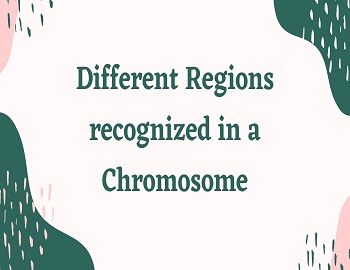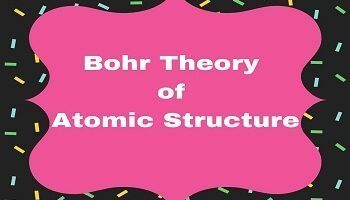Homo Habilis:
The first fossil of Homo Habilis was discovered in Olduvai Gorge (Tanzania) by Louis Leakey in 1962. Its fossil evidences have also been discovered from Kubifora place in Kenya. It was named as Homo Habilis or hand using man. The remains consist of parts of the skull, upper jaw and lower jaw. It was regarded as an intermediate between australopithecine and Homo Sapiens because fragments of skull bones measured a cranial capacity of 700 c.c. well above the value of australopithecines. The cheek, teeth, though longer were narrow than australopithecines. The age of such fossils has been estimated to be around 2 to 1.5 million years ago. Perhaps most famous of all these fossils is KNM-ER 1470 from Koobi Fora, found in 1972.
Characteristics of Homo Habilis:
- Cranial Capacity was greater than Australopithecine and approached Homo Erectus.
- Its bones of hands resembled with Gorilla.
- The structure of bones of feet reveals that Homo Habilis was a bipedal animal.
- Homo Habilis is more closer to man than apes.
- The structure of bones of hands indicates that Homo Habilis possessed strong holding efficiency. It used to spend a night on trees and during day time they lived on land.
- The braincase is rounded.
- The top of the skull was more rounded with lesser crests than that of australopithecines.
- Its face was flat and less elevated outside.
- Its molar teeth were big in shape and covered with a thick layer of enamel.
- Its premolar teeth were small in size.
- Its grinded premolar and molar teeth bear testimony that Homo Habilis was a vegetarian animal.
- It was very close to man physically.
- It was the first cultural animal of the world.
- There is evidence that he was a toolmaker and traces of tools are found at Olduvai Gorge and East Turkana, and also from South Africa.
- Its geological period was the lower Pleistocene.









Comments (No)